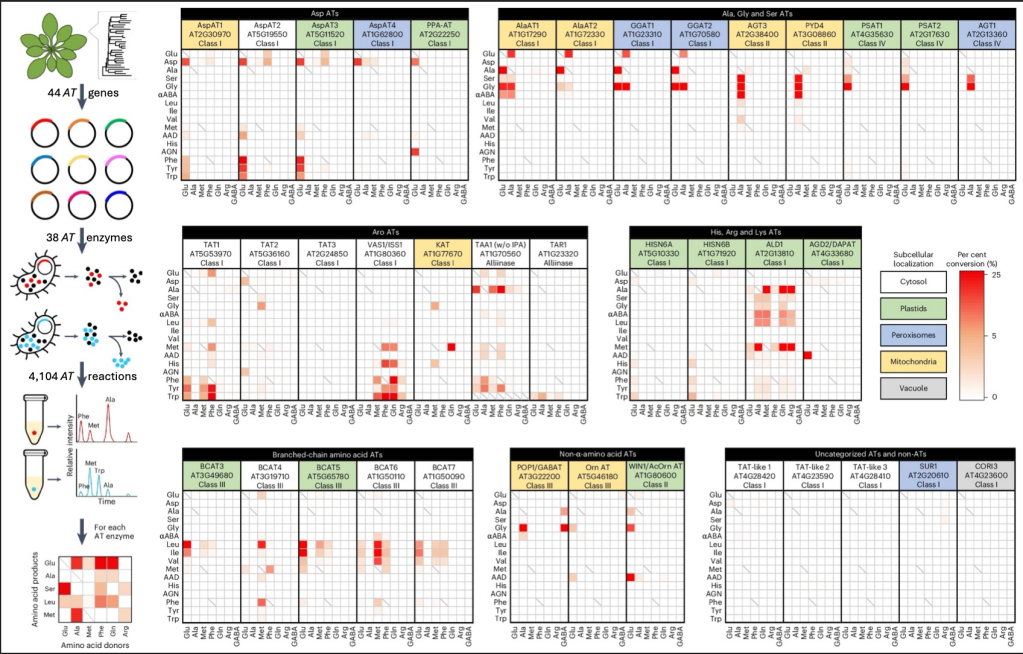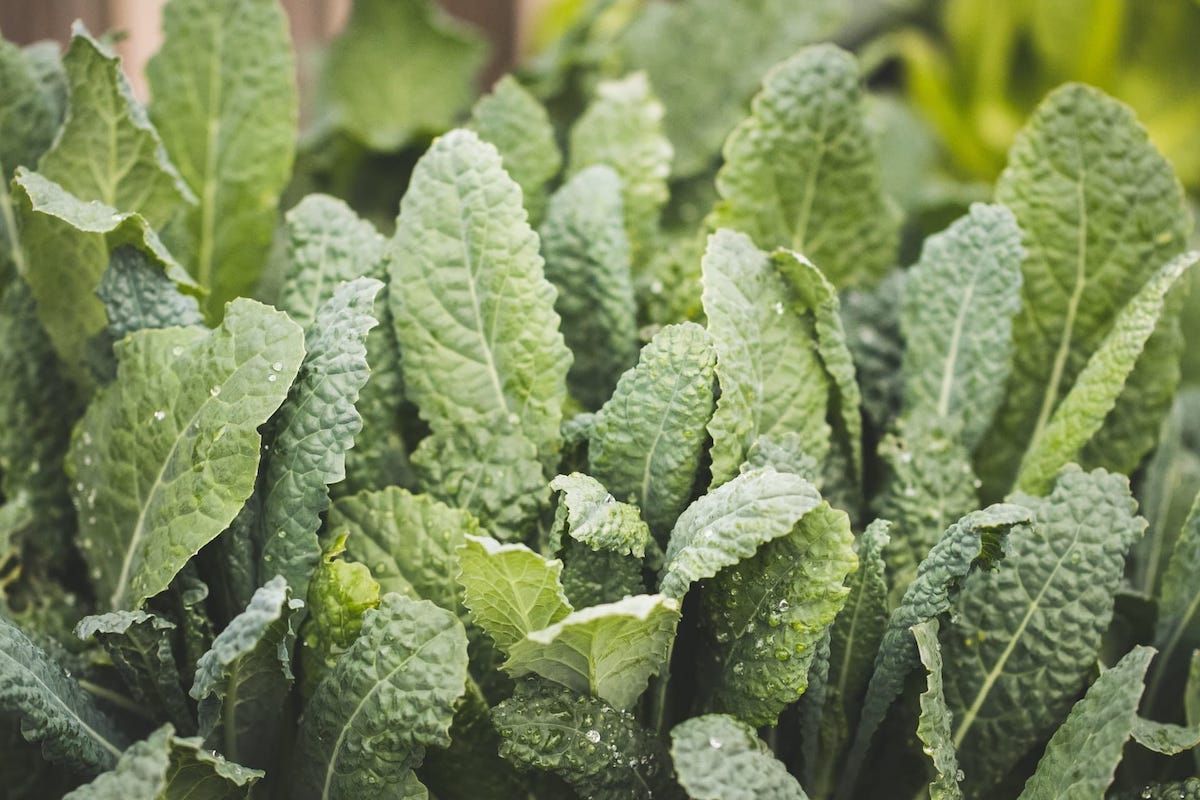New CURE Course Offered at UC David Led by PMN Member Philipp Zerbe
The new CURE course at UC Davis, led by PMN member Philipp Zerbe, is helping students to create an interactive chemical map of Arboretum plants. Read about it here: https://biology.ucdavis.edu/news/whats-leaf-students-map-chemistry-campus-plants Photo: Katrina Huynh – UC Davis





